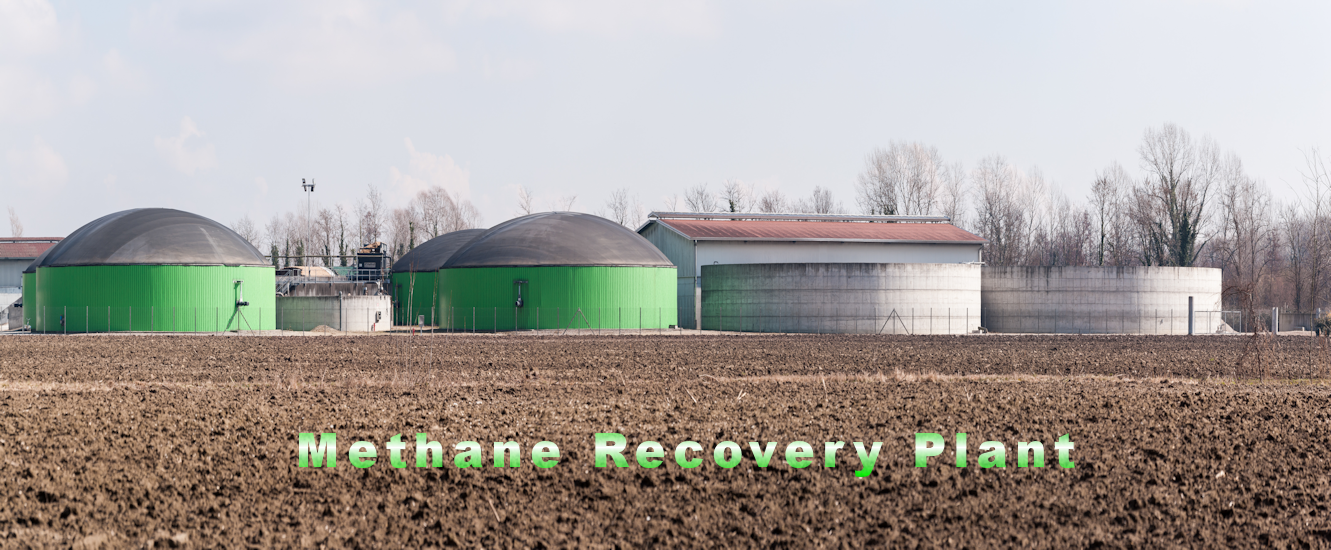
Methane Recovery Can Lower Greenhouse Gas Emissions
Methane is an invisible to the human eye but not to the nose. It is currently resposible forabout 25% of all greenhouse gas emissions. It can come from oil fracking, cows, landfills and even the stagnant water that has decaying vegetation, but there is a method to recover a large percentage of the methane we naturally or unnaturally produce.
Methane Recovery Systems
Methane (CH4) is a hydrocarbon that is the primary component of natural gas. It is also a potent greenhouse gas (GHG), meaning that its presence in the atmosphere affects the earth’s temperature and climate system. As a result, efforts to reduce methane emissions by using methane for energy production can yield environmental, economic, and energy benefits.
Landfill Gas Recovery
Landfil gas comes from the disposed matter in landfills and is comprised of about 50% methane.
Landfill gas utilization technologies focus on renewable electricity generation and direct gas use. Electricity generation involves piping collected methane to reciprocating engines, combustion turbines, or other devices where it can be converted to electricity.
Direct use technologies include combusting gas in boilers, furnaces, kilns, or other equipment to provide steam or heat, or processing the landfi ll gas for other beneficial uses such as vehicle fuels or chemical production. Many direct use landfi ll gas directly as a medium-Btu fuel, while others require the gas to be upgraded and distributed to a natural gas pipeline.
Livestock Methane Recovery
Livestock manure is one of the highest producers of methane and livestock producers are cashing in on this valuable commodity which used to be just a waste product.
Methane from manure can be recovered using anaerobic digesters, including covered anaerobic lagoons, plug flow digesters complete mix digesters, and small scale digesters (M2M, 2008b). The waste handled is in the form of liquid, slurry, or semi-, solid depending on the system design requirements.The following are brief descriptions of conventional anaerobic digestion technologies, any of which may be used at smaller farms in regions with technical, capital, and material resource constraints:
- Covered anaerobic lagoons are constant volume reactors that can be operated at ambient temperatures. Manure is treated under anaerobic conditions producing methane, which is collected using impermeable lagoon covers.
- Plug flow digesters are heated systems that operate at a constant temperature year round, producing stable gas flows that supports gas-to-energy applications in all climates.
- Complete mix digesters are heated digesters constructed of concrete or steel designed to enhance anaerobic decomposition and maximise methane recovery.
Anaerobic digestion can be cost-competitive when compared to conventional waste management practices; current technology offers a range of opportunities to abate livestock manure methane emissions while generating an alternative income source. Methane released from liquid manure management systems can be captured and used as a clean energy source to produce heat, electricity, or combined heat and power; or in fuel gas-fired equipment such as engines, boilers, or chillers to meet a portion of a farm’s energy requirements.


